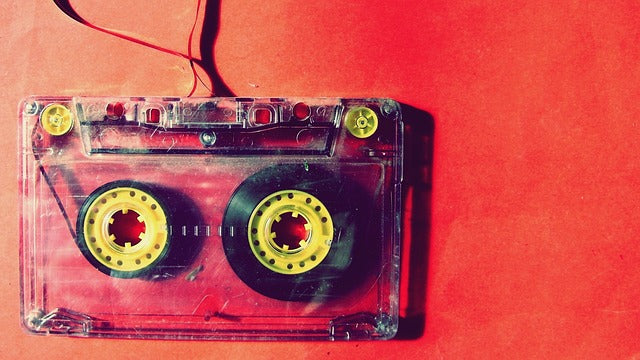No surprise
by Paul McGowan
The LP was introduced in the year I was born, 1948, but it didn't really get good until the all important tape decks to make the recordings became more readily available.
The state of the art in tape recorders in the late 40s and early 50s was the Ampex 200A. This breakthrough recorder was full track using 14-inch reels, 1/4 inch tape and was capable of a performance that was flat within .5 dB from 30 Hz to 15 kHz, but it cost the equivalent of $73,000 in today's dollars to acquire. It wasn't until lower cost models of tape recorder, like the Ampex 300 and 400 got into the hands of recording engineers in the 60s and 70s that the quality of LPs began to shine, but not for all forms of music.
On the one hand, we had dedicated pro engineers obsessed with proving how far the state of the art in recordings had come producing glorious reproductions of classical and jazz works. These fabulous recordings from Blue Note, Mercury Living Presence, and RCA were testaments to what could be achieved in the new art of capturing live sound on vinyl. One could consider this the golden age of recordings when the main goal of recordists and engineers was to capture exactly what was on the recording.
But, then came the idea in popular music of using these new-fangled tools to make music better. Echo, compression, EQ and the tools designed to better capture live took on a life of their own with the likes of Phil Spector. I am not picking on Phil who stretched his artistic chops to see where music could go, but rather pointing out we shouldn't be surprised at what happened next.
The boring task of perfectly capturing what was live vs. the exciting challenge of creating new art took its toll. Today, there's far more of the latter than the former.
So, we shouldn't be surprised when most of today's recordings don't live up to audiophile expectations.
It's time for the wheel to turn and get back to our roots of great live sound.
- Choosing a selection results in a full page refresh.
- Opens in a new window.








